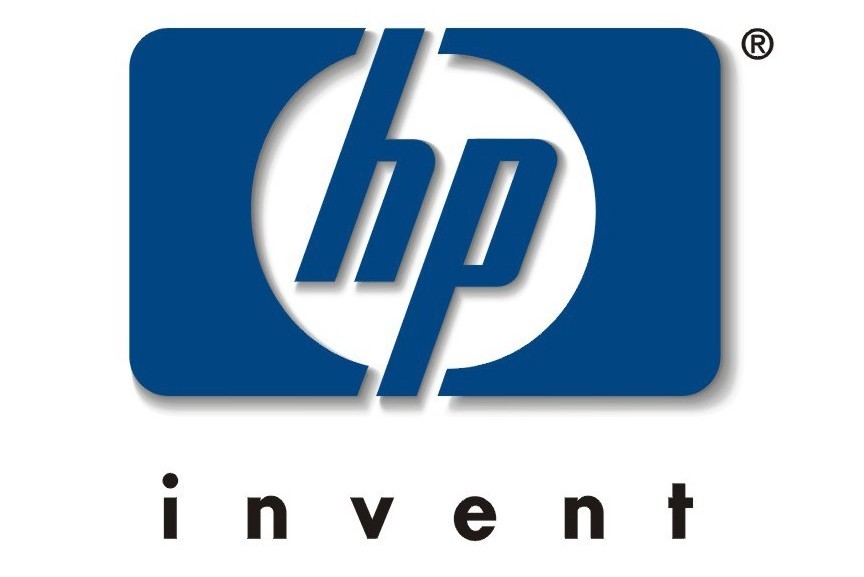HP looks to virtual collaboration
Avatars, Web 2.0 devices and 3D printers will be among the personal devices of the next 20 years.

Virtual collaboration is set to be one of the most important themes in business technology, according to researchers at HP. Over the next 20 years devices, as well as communications technologies, will be designed primarily to improve the way people work with each other, especially remotely and across time zones.
As a result, manufacturers will develop both hardware and software that will become the "watercooler of the future business," according to Phil McKinney, chief technology officer for HP's Personal Systems Group.
Virtual worlds such as Second Life will make a giant leap forward, as issues such as their legal and geographical status are ironed out. Use of such environments will increase as manufacturers and service providers overcome some of the limitations of networks, in order to provide genuine, pervasive connections. "Mesh networks will (finally) give a ubiquitous coverage map. There will be seamless coverage, even in regions that are not covered today," McKinney said.
Such coverage will also spur the development of a new generation of technology hardware that HP describes as "Web 2.0 devices".
These are primarily small, touch-screen tablets dedicated to functions such as video conferencing or rich communications that individuals will use alongside their PCs. But companies will also be able to invest in interactive work surfaces and "virtual chalk boards", McKinney predicted. "These surfaces will be fully interactive and allow you to draw on it, and push it to people on the other side of the world."
For workers who were unable to attend sessions, perhaps because of time differences, intelligent avatars would be able to represent them both in conferences and in virtual worlds.
McKinney also predicted that organisations would be able to buy 3D or "volume" printing technology to create prototypes for designs out of resins, quickly and at a much lower cost than conventional prototyping techniques. Such printers would work remotely and over networks, removing the need for designers to visit factories, simply to check the "fit" of a new product.
Sign up today and you will receive a free copy of our Future Focus 2025 report - the leading guidance on AI, cybersecurity and other IT challenges as per 700+ senior executives
Industry analysts have noted similar trends. As well as the use of avatars to attend meetings, Gartner vice president Roger Fulton said that 3D printing will not only speed up product design, but lead individuals to set up micro-manufacturing plants, making customised products to order for sale over the internet.
-
 Trump's AI executive order could leave US in a 'regulatory vacuum'
Trump's AI executive order could leave US in a 'regulatory vacuum'News Citing a "patchwork of 50 different regulatory regimes" and "ideological bias", President Trump wants rules to be set at a federal level
-
 TPUs: Google's home advantage
TPUs: Google's home advantageITPro Podcast How does TPU v7 stack up against Nvidia's latest chips – and can Google scale AI using only its own supply?